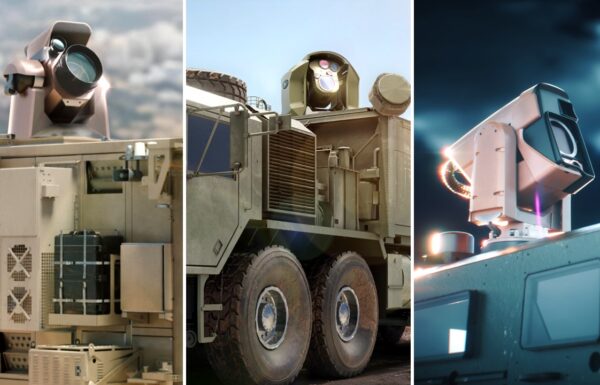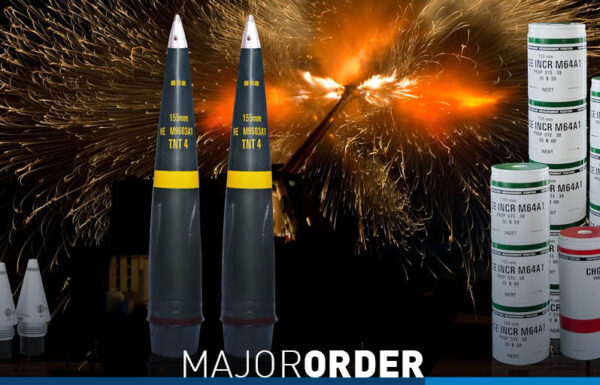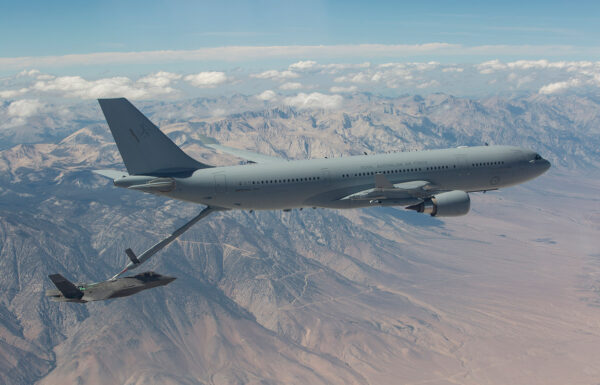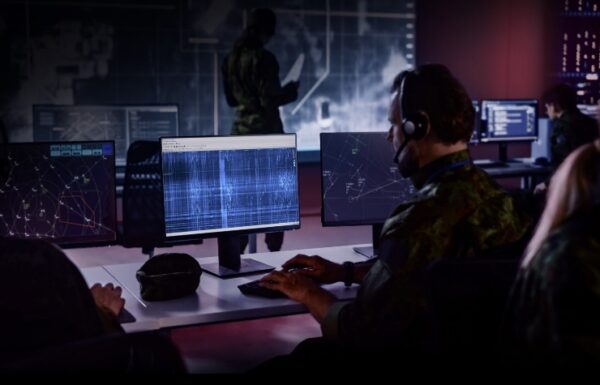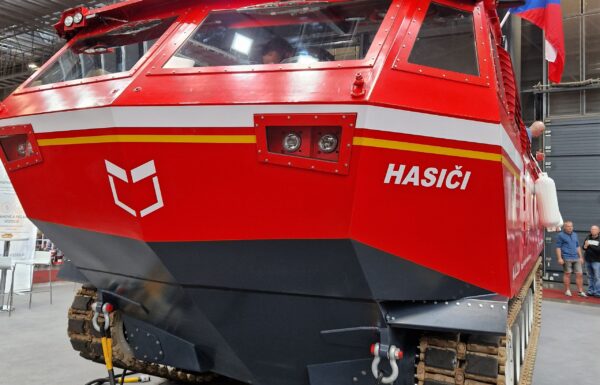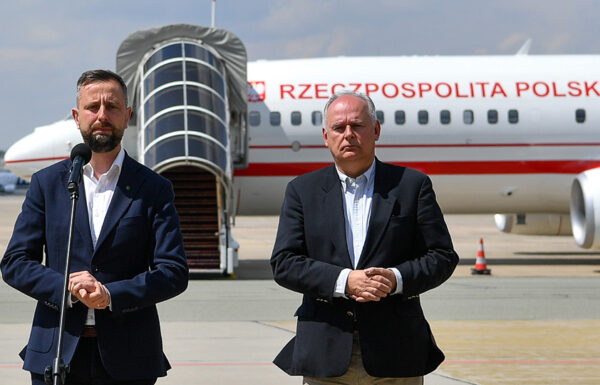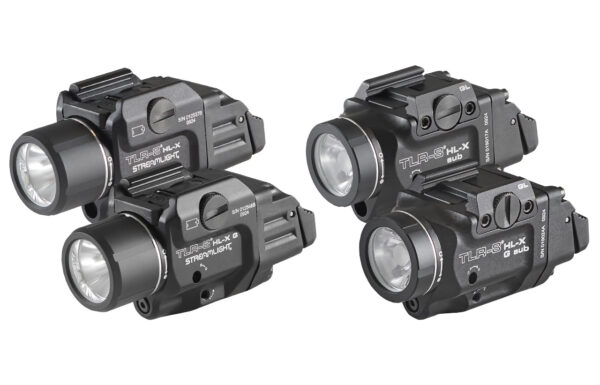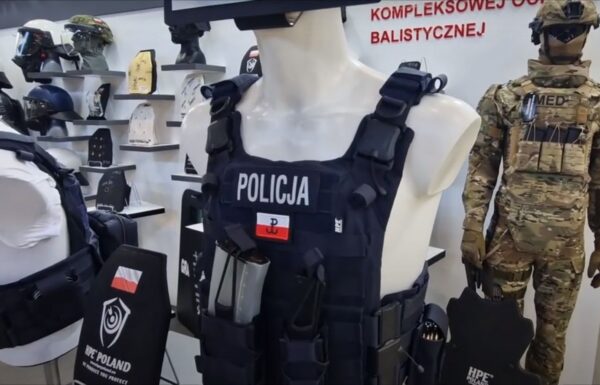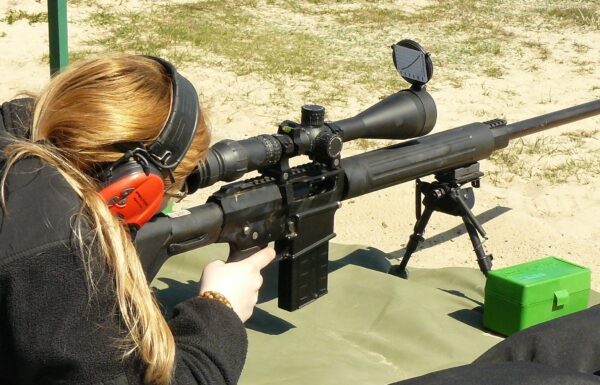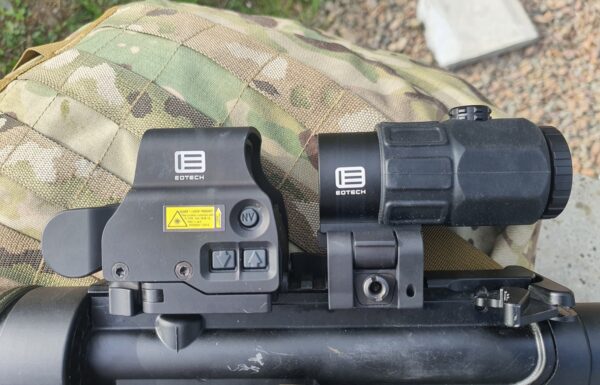The Swedish and Norwegian Air Force conducted on 20th May a combined air exercise with parts of the US Air Force, an exercise that had been planned for a long time, in which all air force units with fighter aircraft as well as the Air Combat Training School participated.
On 20th May Norwegian and Swedish multirole fighter aircrafts trained along with two American B-1B bombers in the Scandinavian airspace / Pictures: Norwegian and Swedish MoDs
Swedish fighter aircraft– Jas 39 Gripen – escorted US B-1B Lancer bombers in Swedish air territory. Air-to-air refuelling was conducted from US KC-135 aircraft in order to enhance the endurance of Swedish aircraft in the air. The sortie was conducted by the Swedish air combat command.
“The principal task of the Swedish Air Force is to provide strong air defence, to control Swedish air territory. By doing so, the Swedish Air Force facilitates ground target operations, also simulated in this exercise”, said Air Force Commander, Major-General Carl-Johan Edström.
The situation in the surrounding world is becoming increasingly unpredictable and volatile. If a conflict were to arise in the Baltic Sea region, Sweden would inevitably become involved.
The Swedish Armed Forces’ participation in international exercises, in and outside Sweden, is in line with Swedish defence policy and aims at increasing interoperability and exercise activities in the Baltic Sea region.
“This has been a good exercise, in which we have demonstrated interoperability and our role as a reliable and relevant partner. The transatlantic link and combined exercises with US air units increase our capability. Our task, single-handedly as well as with others, is to create security and stability in the Baltic Sea region”, Major-General Carl-Johan Edström added.
“The main purpose of the exercise was to develop methods and procedures for tactical escorting of bombers and close-support aircraft and to conduct air-to-air refuelling”, said Major-General Carl-Johan Edström concludes.
The same day two B-1B Lancers from the 28th Bomb Wing in Ellsworth Air Force Base, South Dakota, conducted a long-range strategic bomber task force mission to the Nordic region. The bombers visited Norwegian airspace, where they integrated and trained with four Norwegian F-35s.
“Today, we have carried out complex air operations with advanced systems – both on the ground and in the air,” said Lieutenant Colonel Ståle Nymoen, commander of the Norwegian 332 Squadron.
In addition to complex air operations, Norway’s chain of control and reporting was an important part of the exercise. From the ground, the control and reporting chain continuously monitors Norwegian airspace and communicate with the fighter aircraft in the air.
“This is an important training arena for integrated training. This allows us to operate together and exchange information with other allies”, said Nymoen.
Based on press releases from Norwegian and Swedish MoDs


